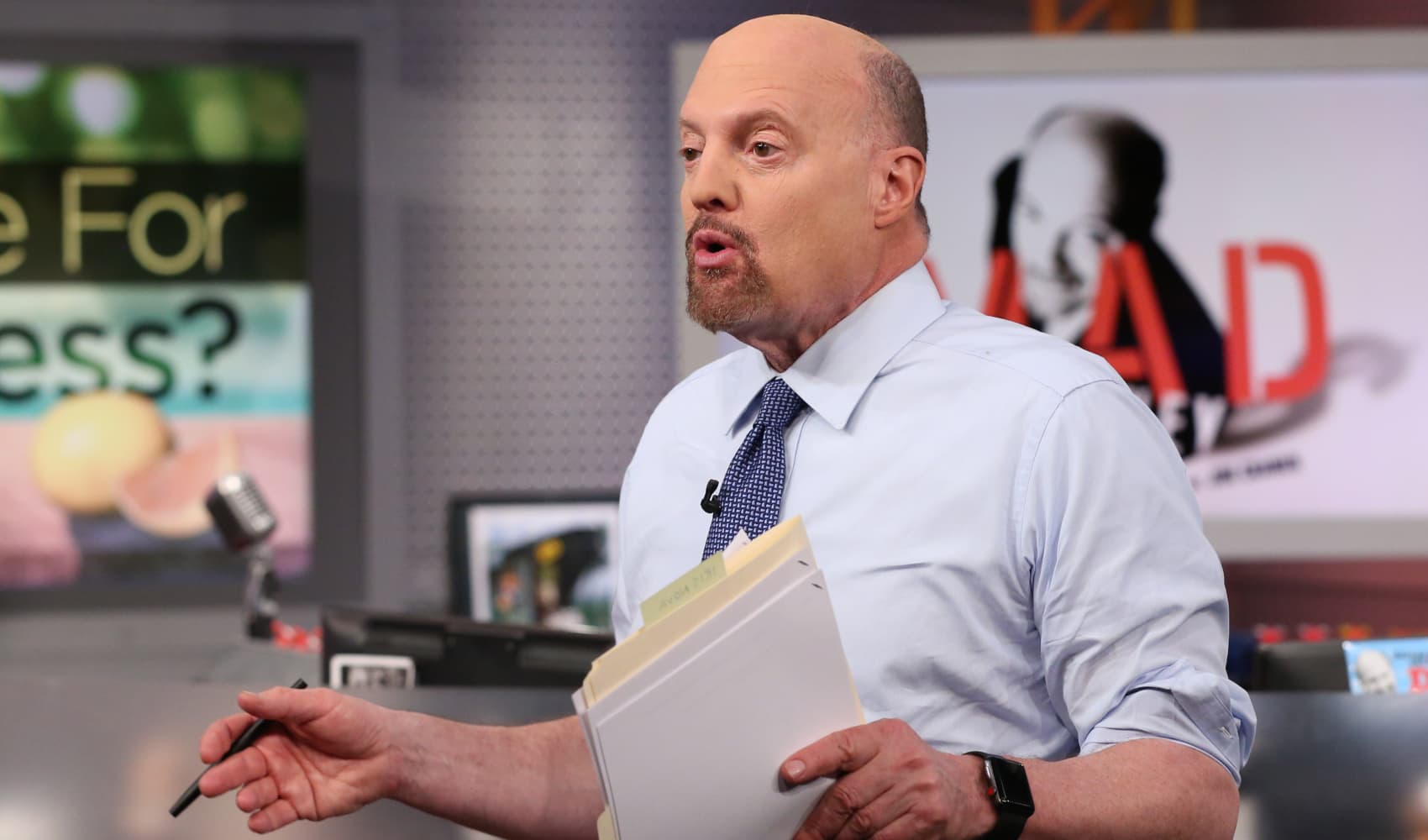
It's almost time for college students to move into their dorms and get ready for the upcoming school year. If that's you and you haven't checked "submit my FAFSA" off your to-do list, take care of that ASAP.
As of July 5, less than half of the high school class of 2024 had submitted a Free Application for Federal Student Aid, according to the National College Attainment Network's analysis of Federal Student Aid data. FAFSA submissions from this class are down about 11% compared to last year's, NCAN finds.
It's not just incoming freshmen, though. Returning college students need to submit a new FAFSA every year to be considered for aid.
While it may have been difficult for students and their families to submit a FAFSA at the beginning of this year's application cycle, most of the technical issues have been resolved by now.
The Hurricane season is on. Our meteorologists are ready. Sign up for the NBC 6 Weather newsletter to get the latest forecast in your inbox.
"Fill out the FAFSA. Just fill it out," Jill Desjean, director of policy of analysis at the National Association of Student Financial Aid Administrators, tells CNBC Make It.
The deadline to apply for federal aid for the 2024-25 school year isn't until June 30, 2025. But if you're starting school in August or September, you'll probably need to get your school bills — and any applicable aid — figured out by then.
There is currently an $11 billion surplus of federal Pell Grant funding waiting to go to eligible students, according to the Congressional Budget Office.
Money Report
That doesn't mean more people will become eligible or that eligible aid recipients will inherently receive more federal aid. Since the Pell program is mostly funded through discretionary appropriations in the congressional budget, it's designed to carry a surplus from year to year, Desjean says.
So, for example, "in a future year, if more students needed money than was appropriated, they could draw from the surplus, instead of just cutting people off," she says. Not everyone will qualify, but you don't know for sure until you fill out a FAFSA.
Pell Grant eligibility was expanded this year to link eligibility to family size and the federal poverty level. Almost 1.5 million more students are eligible for maximum Pell Grants amounts of $7,395 this year, according to the Department of Education.
"Maybe you'll get a Pell Grant. But [the FAFSA] also unlocks the door to state grants, it opens the door to institutional grants and other types of federal aid as well," Desjean says.
Even the largest Pell Grant amount available may not seem like a lot of money compared with the total cost of attendance, which can be close to $90,000 a year at some schools. But nearly a quarter of college students say they need to come up with $5,000 to pay for the 2024-25 school year, according to a recent ScholarshipOwl survey.
Want to stop worrying about money? Sign up for CNBC's new online course Achieve Financial Wellness: Be Happier, Wealthier & More Financially Secure. We'll teach you the psychology of money, how to manage your stress and create healthy habits, and simple ways to boost your savings, get out of debt and invest for the future. Start today and use code EARLYBIRD for an introductory discount of 30% off through September 2, 2024.
Plus, sign up for CNBC Make It's newsletter to get tips and tricks for success at work, with money and in life.
Editor's note: This story has been updated to reflect Jill Desjean's title of director of policy of analysis at the National Association of Student Financial Aid Administrators.






